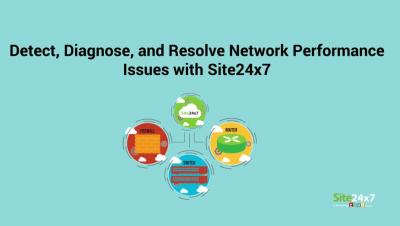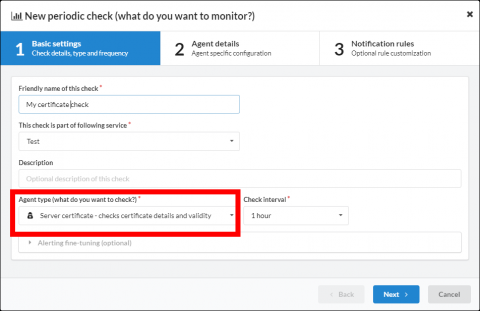Operations | Monitoring | ITSM | DevOps | Cloud
%term
How We Boosted Page Speed By 58% ...and how you can too!
Over the past couple of weeks we've been optimising the Downtime Monkey website to reduce page load time. We've had some excellent results: in the best case scenario we cut page load time by 58% and even in the worst case, the page load was still 9% faster. All of the changes that were made are straightforward and we've provided in-depth details of the optimisations so that you can apply them to your own website.
Spectre and Meltdown Vulnerabilities For GroundWork Users
Reports have recently surfaced about Spectre and Meltdown vulnerabilities in most modern computer systems. These so-called side-channel attacks can allow one program (e.g. a browser) to infer and even read data used by the CPU to execute another program… even a more privileged one. These vulnerabilities affect phones, tablets, desktops, servers, and cloud computing services.
Mattermost 4.6: Faster channels, enhanced 508 compliance
Happy New Year! We just shipped our January 2018 update and there’s a lot to be excited about. Mattermost 4.6 includes several web app performance improvements, including channels that switch faster than ever before. Plus faster loading of images, thanks to higher compression, and less memory used to manage channels, thanks to optimizations.
9 Quick Tips To Keep Your Online Customers Happy
Selling things online is not as easy anymore as it used to be 5 or 10 years ago. The competition has skyrocketed, customers got spoiled and much more intelligent in making good choices. We will discuss a quick nine tips to keep your online customers happy and give them a great user experience.
Best Practices for Incident Management on Slack with OpsGenie
Key Incident Management Predictions for 2018
2018 has arrived, and many IT professionals likely are hard at work mapping out their incident management strategies for the new year. As IT professionals search for ways to limit downtime and outages in 2018, it may be best to understand which key trends are worth watching in the months to come.
Detect, diagnose, and resolve Network performance issues with Site24x7
Detailed web server certificate validation
We published small update, where you can now enable detailed certificate validation which checks for name mismatch, chain validation errors and other common issues.
4 Atlassian tips to bring your service and development teams together
We’ve been hard at work for over 15 years building software to help you collaborate better. But if you work on an IT or customer support team, you know it takes more than the right software to build a culture of collaboration between your service teams and dev teams. You also need to have a set of best practices to help you use your collaboration tools to their fullest potential.










